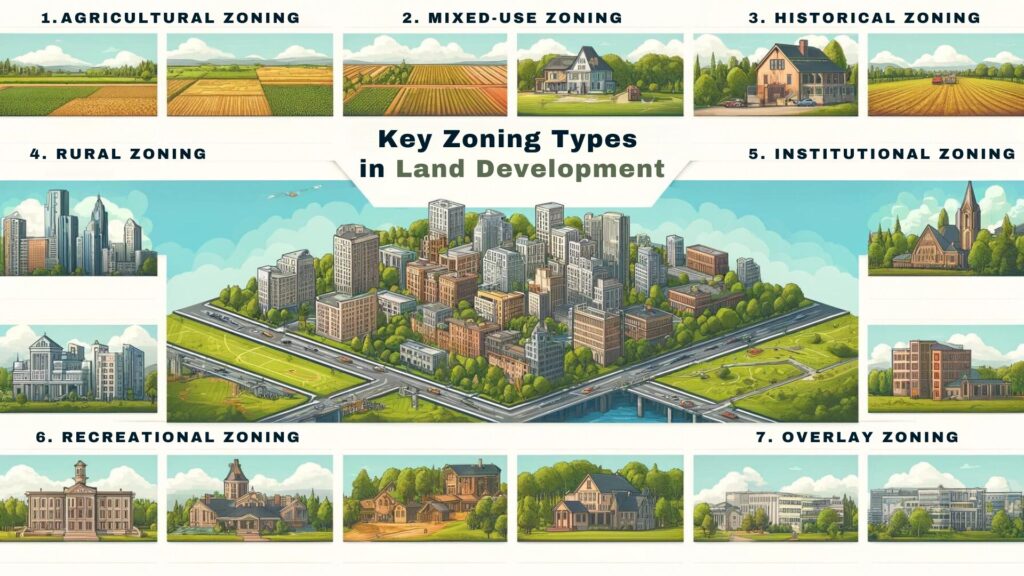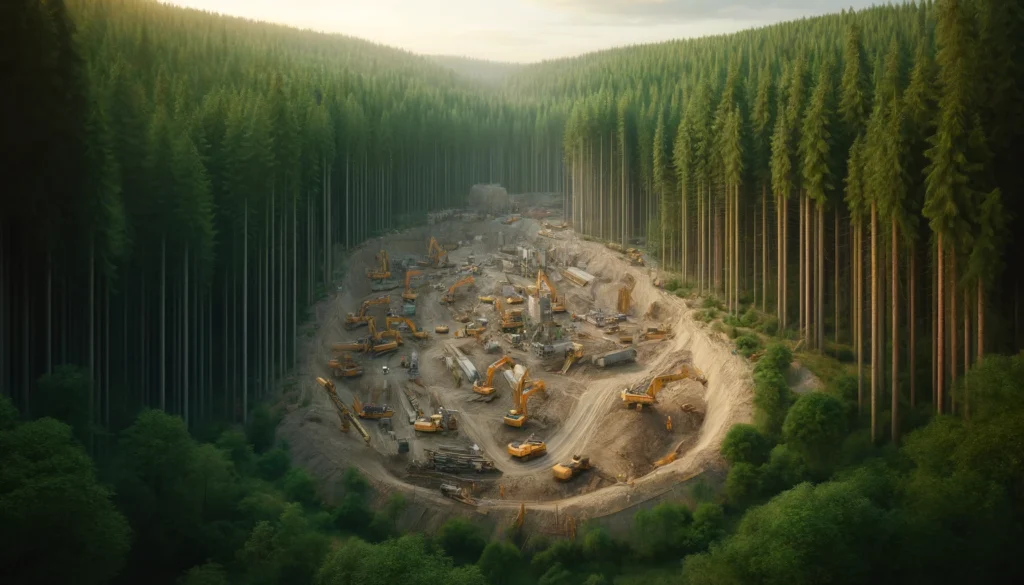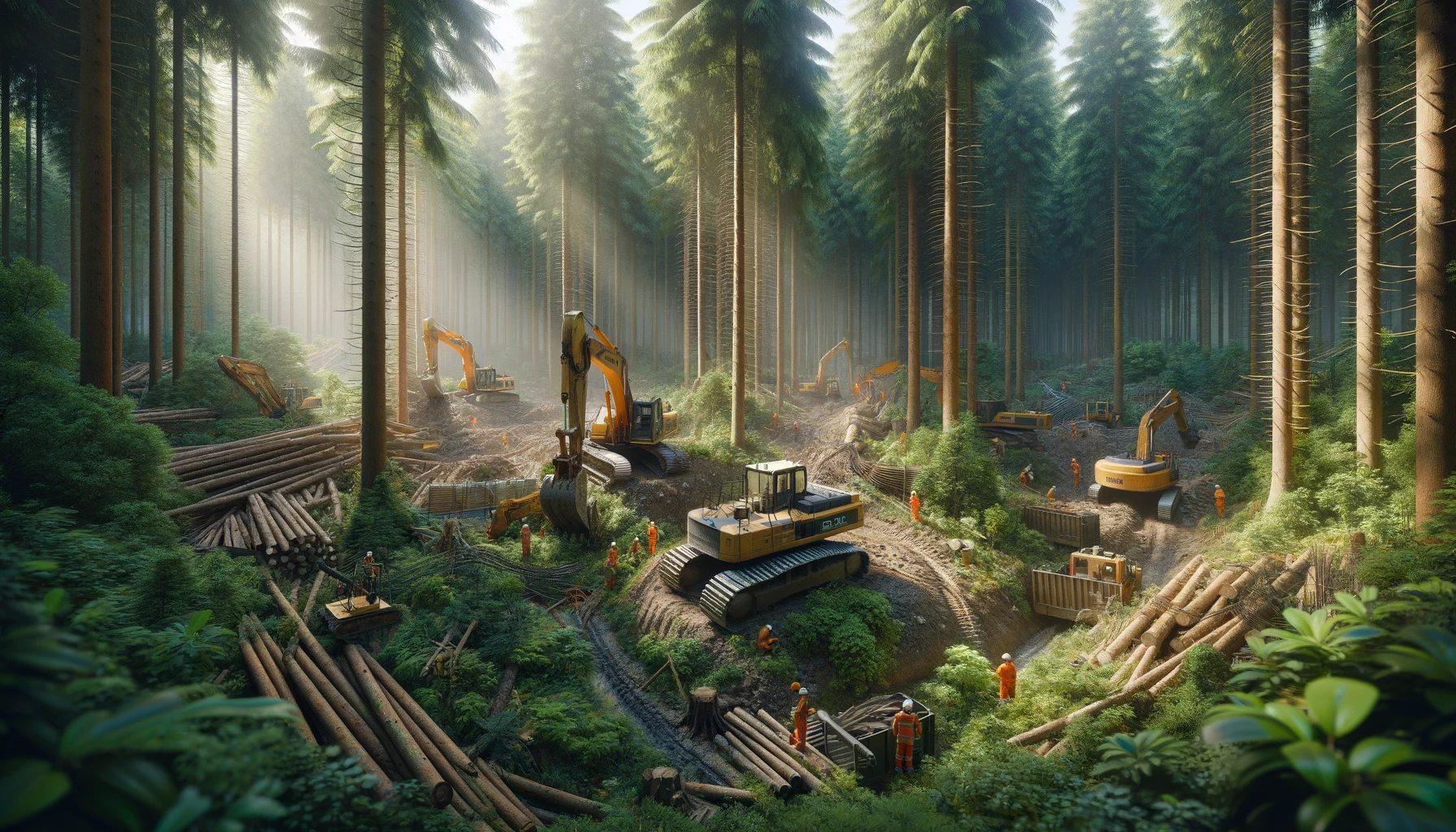You’ve heard it a million times – the three most important words in real estate are “location, location, location.” And yeah, it’s an old cliché. But you know what? There’s a reason that hoary adage has hung around all these years. Because when it comes to any kind of land development project, getting the location right can make or break the whole shebang.
Think about it this way – would Amazon be the juggernaut it is today if Bezos had decided to base it in the middle of rural Wyoming instead of the Seattle metro area? Of course not. The location affected every aspect of the company’s growth and potential customer base. The same core principle applies just as much to your residential community, shopping plaza, or mixed-use development. Picking the wrong spot is a surefire way to stunt your project’s success before it even starts.
But don’t sweat it! This guide is here to make sure you select a location that gives your vision everything it needs to not just survive but truly thrive. We’re going to cover navigating all those maddening zoning rules, figuring out if the market is ripe for your concept, and keeping an eco-conscious perspective. By the time you’ve soaked in all this location wisdom, you’ll be ready to start putting down some serious real estate roots.
Decoding Zoning Laws and Land Use Regulations
Okay, let’s start at the very beginning – a very good place to start for budding developers who haven’t gotten their learner’s permit yet when it comes to untangling all the red tape surrounding zoning and land use regulations. I’m talking navigating plats, amendments, variances, and all sorts of other intimidating vocabulary words that make you want to go “plat” your head against the desk.
It’s a tangled hairball of legalese for sure. But you know what? It’s worth taking a real deep dive to understand what all those codes and restrictions actually mean for your specific project plans. Because a location that looks perfect on paper might actually be zoned for something entirely different than what you have in mind. And buddy, let me tell you – trying to push an upzoning or rezoning through your local planning department makes a root canal look like a walk in the park.
That’s why I always recommend spending some quality facetime with your city or county zoning officials right off the bat. Let them be your spirit guides through the labyrinth of ordinances and regulations. Chances are, once you get them outside the bureaucratic jargon, these code jockeys can explain things in nice plain English. They’ve seen it all, and they know the lay of the land when it comes to steering you toward development-friendly locations from the jump. Listen close to their wisdom and you’ll zoning-proof your project.

Click here to learn more and subscribe to the newsletter
Assessing Market Viability for Long-Term Success
Just because an area’s zoning gives your land development dreams the official green light doesn’t necessarily mean it’s going to be sustainable in the long run. The other crucial factor to suss out is whether the specific project you’re envisioning can realistically thrive from a market demand perspective.
Demographic and Population Trends
This is where you have to put on your soothsayer hat and do your best impression of the old fortuneteller peering into her crystal ball. Except instead of trying to see the future, you need to be hyper-present and take the current temperature of the market forces in each prospective location.
What are the demographics like in this area? Is the population growing, shrinking, or holding steady – and what does that mean for housing needs? While a family-friendly suburban enclave awash with good schools and parks might be ripe for new homes, that edgy mixed-use district with all the art galleries and craft breweries is likely better suited for some upscale condos or apartments.
Consumer Behaviors and Financials
Then there’s taking stock of consumer behaviors, interests, and straight-up funds. No point in building ultra-luxe units Downtown if the area’s median incomes wouldn’t cover the carrying costs. Likewise, platting a bunch of starter homes without accounting for the hot new employment hub that’s bringing in mobile Millennials and remote workers left and right.
Having a finger planted firmly on the pulse of what buyers or renters actually want and need from their next digs – and how that aligns with your development’s intended offerings. Is just as critical as checking those zoning boxes. Mix those two wisdom streams together and you’re cooking with gas on the location front.

Keeping Your Environmental Conscience
Of course, zoning and market forces aren’t the only ingredients that go into selecting the perfect location for your land development. These days, anyone brushing off their environmental due diligence is just flat-out irresponsible. And honestly, even setting planetary wellness aside for a minute, an eco-sensitive approach can legitimately make or break how desirable and marketable your project ends up being.
Maybe you’ve found what looks like the ideal blank canvas – a big ol’ empty lot without any obstructions, easements, or preexisting structures gunking things up. But hang on, did you do your homework on that specific site’s environmental history and ecological impact? If not, you could be blissfully bulldozing your way into a world of unpleasant surprises like toxic leaching, drainage disasters, or damaging some protected species’ home turf.
No bueno, my friend. That’s why I always advise having an environmental consultant on your location scouting team from Day 1. Get some soil samples analyzed for any unsavory chemicals. Study up on topographic maps to suss out any risks like flood plains or earthquake faults. See if there are any conservation zones for plants and critters that need to stay well away from your construction zones. Cross-reference your recon with all those zoning codes too – the last thing you want is for your dream spot to violate all sorts of environmental policies and land no-go zones.
And hey, while we’re on the topic of going green – why not roll out the eco-friendly red carpet for your development with some sustainability calling cards? Renewable energy sources, water conservation systems, walkable urbanism that promotes lower emissions – little touches like those give your site some serious eco-chops that can help sell prospective buyers or tenants. In 2024, big points for harmonizing with nature instead of rampaging over it.
Get your free “2024 Real Estate Market Outlook” now!
Conclusion
At the end of the day, nailing your land development’s location comes down to mastering three vital elements: zoning and regulations, market demand, and environmental sustainability. It’s the trifecta that will determine whether your real estate vision sinks or swims.
Don’t treat zoning laws as an afterthought – they provide the crucial legal framework for where and how you can build. Lean on the expertise of local planning officials to steer you toward development-friendly zones from the start.
But compliance alone isn’t enough. You need laser-focused market analysis to ensure there’s ample consumer demand and financial viability for your specific concept. Miss that mark and even a regulation-approved location could fail to gain traction.
Finally, a project that ignores environmental impact is one destined for trouble in 2024’s eco-conscious landscape. Prioritize sustainable choices and tread lightly on the land to capture both regulatory approval and buyer admiration.
Lock in that flawless location trinity – the right zoning, the right market fit, the right environmental approach – and you’ll bypass many of real estate’s biggest pitfalls from the outset. With this multi-faceted wisdom in your back pocket, you can confidently scout locations purpose-built to allow your land development dreams to soar.
Interested in multifamily real estate investing? Our experienced team is here to help. From market research to identifying the best opportunities, we guide you through the process. Subscribe to our YouTube channel for informative videos and expert discussions, and follow us on Instagram for exclusive content. Explore our comprehensive Udemy course for detailed insights and strategies. Ready to elevate your investment journey? Contact us now to schedule a consultation and achieve your financial goals in real estate.
*This content is for informational purposes only and is not intended as financial or legal advice. Please consult with a professional advisor before making any investment decisions.




























